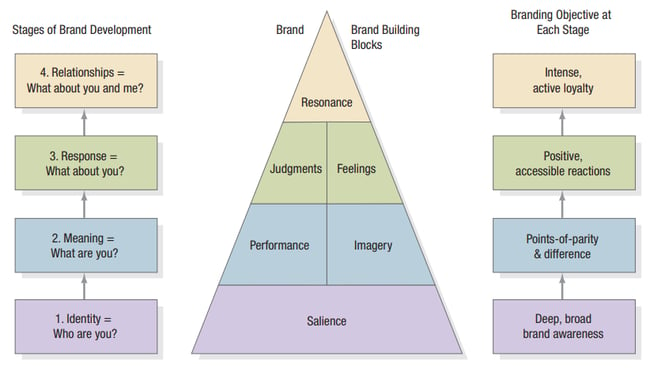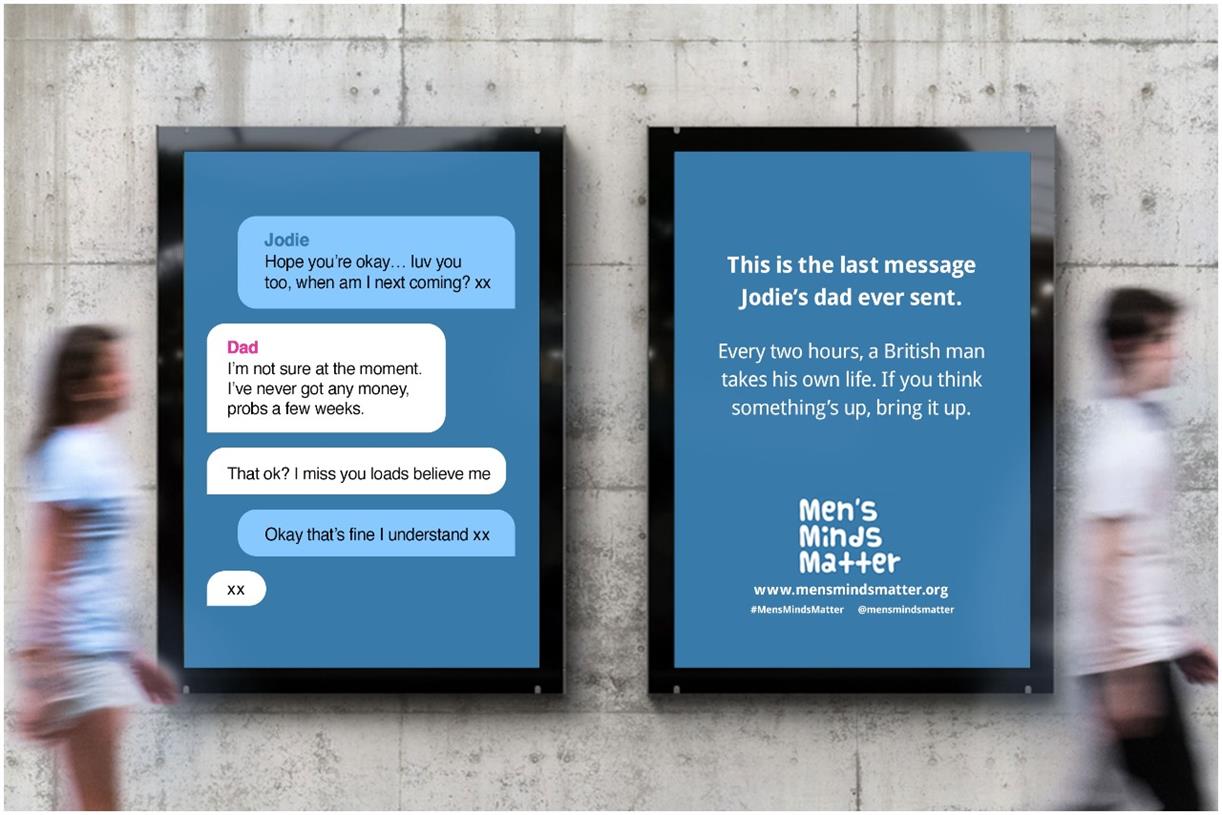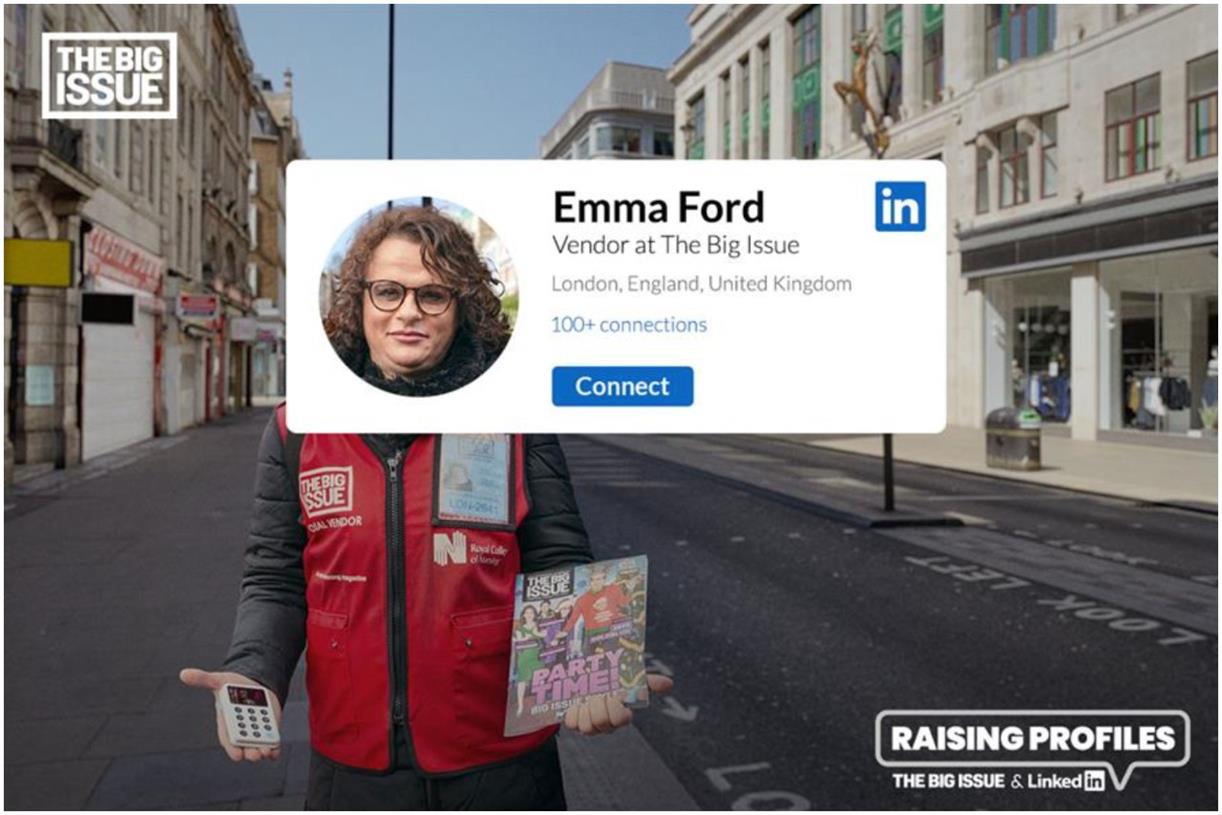What is Brand Salience? [+How Do You Measure It?]
While branding can feel like a vague concept, it's one of the most important elements of a marketing strategy.
![What is Brand Salience? [+How Do You Measure It?]](https://blog.hubspot.com/hubfs/brand-salience.jpg#keepProtocol)
While branding can feel like a vague concept, it's one of the most important elements of a marketing strategy. Why? Consistent branding leads to increased brand awareness which can then help build brand salience, gain investors, and drive revenue to your business. Consistently presented brands are 3.5 times more likely to have excellent brand visibility than those with inconsistent branding. Additionally, 82% of investors say name recognition is an important factor guiding them in their investment decisions. In this post, we'll review what brand salience is, how you can increase your brand visibility, and how to measure it. Skip to: Brand salience is a marketing KPI that tells you how well people recognize, notice, or think about your brand when they're making purchasing decisions. If you have high brand salience, then you have a strong brand presence that consumers recognize and think about when they need a product. If you have low brand salience, then consumers might not know your brand exists and therefore won't think of your brand when they need to make a purchase. Essentially, brand salience is a similar metric to brand awareness except it's focused on measuring awareness during the actual purchasing decision instead of overall brand visibility. For example, when someone wants to get a cup of coffee and is driving around, what's the first brand they think of? Probably Starbucks. When they want to buy tissues, they think of Kleenex. When they want to search for something online, they Google it. All of these brands have transcended the perception of being a random company, and are now household names in their own right. Most people think of these brands and know of them whether they've been there or used those products before. These brands have high brand salience. To have high brand salience, your customers need to think about your brand as the first solution to their wants or needs when they have to make a purchasing decision. The concept of brand salience is actually psychological in nature. According to research done by Jenni Romaniuk and Byron Sharp, brand salience is "a brand's propensity to be noticed or come to mind in buying situations." This means that you have to capture people's attention and be memorable enough for consumers to recall your brand when they're purchasing something. For example, when a consumer has a choice of brands to purchase from, they'll rely both on their memory and attention salience. This means they'll recall brands they know and then see what captures their attention. This process is actually scientific. People who have studied brand salience have studied the human brain — how do people recall information and how does a brand associate positive memory structure with their product? When they want to buy an item, people are far less likely to run through a list of options and do the mental gymnastics of figuring out the pros and cons of each. Instead, they’ll choose the option that first comes to mind as it’s often the one they are most confident about. Having a high brand salience increases the odds that the brand they choose is yours. To increase your brand salience, some of your marketing campaigns probably won't even focus on persuading consumers to buy your product. The goal of many branding campaigns is to constantly reinforce positive associations with your brand. Familiarity is important. Constant marketing messages from a brand ensure that the brand is top-of-mind when a consumer is making a purchasing decision. Next, we’ll discuss how brand salience impacts marketing efforts. Brands create high brand salience by using distinctive brand assets that capture attention and create positive memories for their audience. This means your marketing assets promote positive storytelling and create a meaning associated with your brand. When you promote your values, you're differentiating your brand from the competition and increasing brand salience. Your strategy should be two-pronged, capturing both the attention and memory of your target audience. To create campaigns that will improve brand salience, think about the emotional impact of your assets. Your campaigns should be meaningful, authentic, and portray your values as a company. All of this will help customers create a positive association with your brand and remember your brand when it comes time to make a purchase. For example, let's say I want to buy some gum. When I think about gum, one of the first things I think of are the commercials for Extra. I've never forgotten those commercials because they were emotional and created a positive experience for me. Now, when I think about gum, I usually buy Extra even though that brand has never been my favorite gum company (I used to buy Orbit). But since those commercials, I've leaned toward Extra because of the positive association and it's one of the first brands I recall. Ultimately, brand salience is a combination of brand awareness, familiarity, relevance, frequent communication, and emotional connections between brand and consumer. Creating brand salience takes time and a carefully crafted strategy. Let’s go over a few methods to boost your brand salience. Humans are emotional creatures. What better way to create customer memories than to trigger an emotional connection to your brand? Just like the Extra gum commercials have cemented themselves into my consciousness making it my gum of choice, you can use storytelling to do the same for your brand. Take the vacation rental company VRBO. Instead of just persuading people to use their service based on how nice the available rentals are, they built a narrative around the moments created while staying in one of their rentals. From family reunions to holidays to game nights, VRBO’s commercials instill memories of togetherness with our favorite people. It’s difficult to cultivate brand salience if your brand gets lost in the crowd. Being unique and most importantly, authentic goes a long way in setting you apart from the competition. What are your brand’s values? Does your product aim to solve a major problem in your industry or market? Whatever drives your company, lean into it. Having a brand that conveys authenticity will help build trust with customers and gain their loyalty. Increasing your brand awareness will aid your efforts to improve brand salience. After all, you can’t build a connection with customers if they are unfamiliar with your brand in the first place. What challenges or obstacles are your customers facing? Focus your messaging on these obstacles and how your brand solves them. Communicating that you understand the customer’s pain points will make them more likely to want to learn more about your brand and the products you offer. Distance may make the heart fonder in romantic settings, but it has the reverse effect when it comes to marketing. In order to build brand salience, you’ll need to get your brand in front of prospects over and over again. Presenting a brand consistently across all platforms can increase revenue by up to 23%. You can use a variety of touchpoints: Your advertising campaigns aren’t set and forget tasks. You’ll need to continue to monitor and make changes based on the results you find. Use Google Analytics to check the performance of not just your website, but also your promotions. What is resonating with customers? What can be changed? Are you seeing increased revenue? That’s a sign of success. Conversely, if you see a drop, that could mean you need to tweak your marketing efforts. Surveys and focus groups — more on those later, are also excellent tools for testing brand salience. Get creative. The methods above aren’t your only option. For example, if your goal is to educate customers, using a podcast format or video may be more useful to your brand. Now, you might be thinking, "This all sounds great, but how can I measure this and prove its effectiveness to my managers?" Let's dive into that below. Brand salience is rather conceptual in nature. Unfortunately, it's not a mathematical metric that is easily measured. So, what do brands do? Well, one of the only ways to measure brand salience is through surveys. It's important to ask your customers when they think of you, what they associate with your brand, and if they recall your company when making a purchasing decision. Your survey can include descriptive assets to track your brand's distinctive assets. For instance, what tone of voice, logo, color, or slogan comes to mind when users think of soda. They might say red, because they've associated Coca-Cola branding with soda in general. To measure this, you can present survey respondents with a randomized list of cues and attributes by asking them which brands they associate with each statement. It could be questions like "when I want to eat something quick and healthy" or "I know I will not overpay there." Focus groups allow you to ask similar questions to those in your surveys, but also the bonus of digging deeper into their responses. The dynamic is more of a discussion among customers rather than having them quickly rattle off answers to a list of questions. You can ask customers whether they recall or notice your brand relative to competitors. Then, ask whether your brand is just thought of or sought after to determine how favorably your brand is judged. The more they talk, the better insights and feedback you’ll receive. Using a survey or focus group will help you determine how high your brand salience is compared to competitors. Now, let's look at the brand salience model that you can use to strategize your brand positioning. In his book, Strategic Brand Management: Building, Measuring, and Managing Brand Equity, Kevin Keller developed a model for brand salience that has become popular in digital marketing. In the graphic below, Keller creates a pyramid of building blocks to pay attention to when you're trying to increase your brand salience. This model focuses on increasing deep, broad brand awareness by creating an identity that customers remember. At the foundation of the pyramid is salience, which you can increase by defining your brand in detail, frequently communicating with your audience, and using creative assets to tell a story. Then, you create meaning and authenticity to differentiate your brand from the competition. And then, you use frequent messages to create positive, accessible reactions in your customers. And then you create loyalty by building a relationship and emotional connection with your audience. With this model, you can increase brand salience, drive revenue, and even attract investors. Needless to say, branding is important for your business to succeed. Although brand salience isn't the easiest metric to track, the science proves that focusing on it will help your company become a household name for your customers. Editor's note: This article was originally published in July 2021 and has been updated for comprehensiveness.
What is brand salience?
Importance of Brand Salience
Brand Salience Marketing
How to Increase Brand Salience
1. Establish an emotional connection.
2. Create a brand that stands out.
3. Expand brand awareness.
4. Keep marketing efforts consistent.
5. Test and make adjustments.
How to Measure Brand Salience
Use Surveys
Use Focus Groups
Brand Salience Model

Brand Salience is Key to Success

 BigThink
BigThink 












![Benefits of Hiring a Fractional CMO – Manny Torres – [VIDEO]](https://www.digitalmarketer.com/wp-content/uploads/2022/04/YOUTUBETHUMB_FracCMO_1.jpg)

![How to Create an Infographic in Under an Hour [+ Free Templates]](https://blog.hubspot.com/hubfs/infographic-templates-1.jpg#keepProtocol)



















